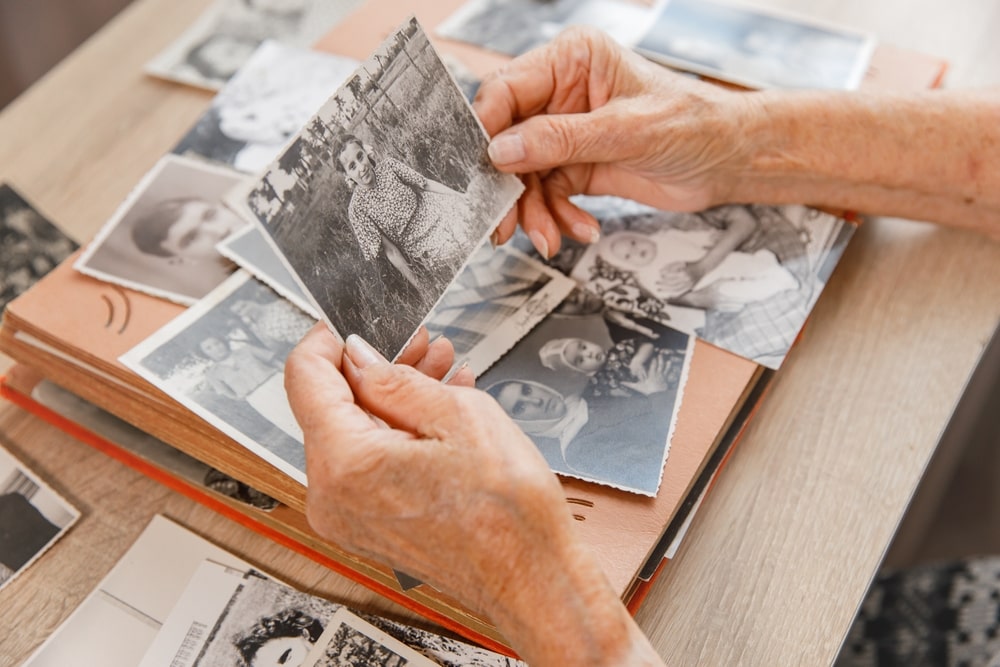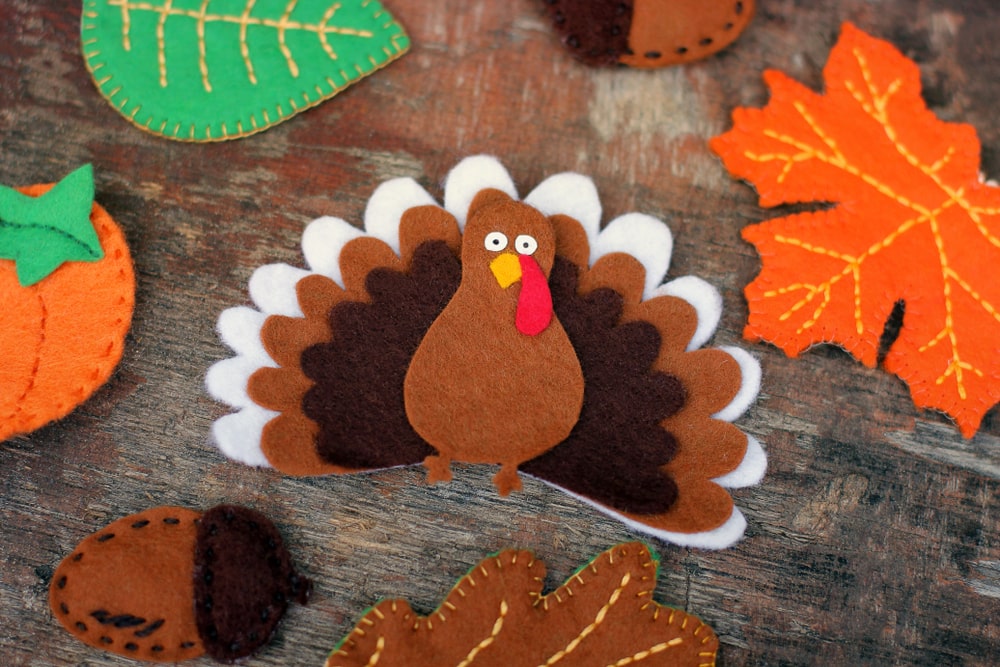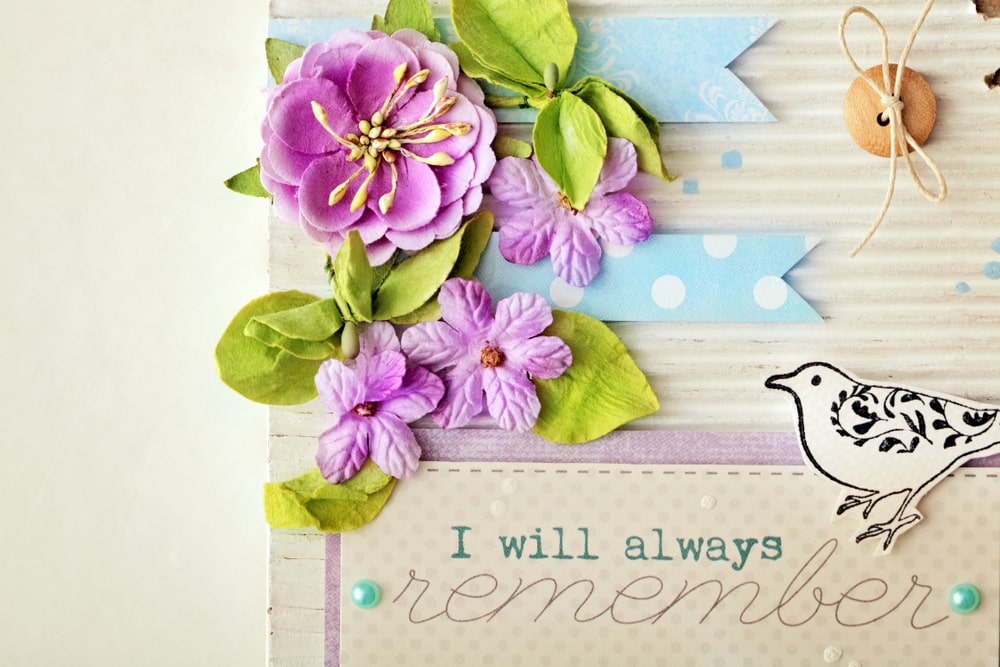
While every day after the loss of a loved one can be hard, it’s the special days and holidays that present a unique struggle. For dads who have lost a child, Father’s Day can be especially difficult. While men are stereotypically and societally encouraged to bottle their emotions and “be strong,” this attitude really isn’t helpful in life or on the grief journey. In fact, it can be detrimental. So, even if a grieving dad seems okay, grief can surge on a day centered around parent-child relationships, and many dads may struggle with expressing themselves or allowing their grief to be seen.
If you know a dad who has experienced child loss, here are a few ways you can support him on Father’s Day:
1. Encourage him to express himself

Sometimes, getting a man to talk about his feelings is difficult. The stiff-upper-lip, “men don’t cry” mentality has so deeply permeated their sense of self that it feels awkward and uncomfortable to share what they are thinking and feeling. Despite that, encourage grieving dads to express what’s on their mind and heart.
If they can’t speak it out loud to another person, maybe they can write it down on paper, visit the child’s final resting place, or take a walk alone and speak aloud to themselves or to God. Getting those emotions – both positive and negative – outside of self is a necessary and helpful part of the grieving process.
2. Invite him out for a break

Some dads may throw themselves back into work and routine as a means of moving forward after the loss of a child. This action not only keeps them busy, but it may also provide a way to avoid facing the grief they feel. While routine is good and financially taking care of your living family members is necessary, it’s not a replacement for doing the work of grief.
If you are close to a grieving dad, encourage him to take a break. He’s probably been running himself ragged, trying to keep his personal, professional, and emotional lives in balance. Invite him out for a round of pool, trivia night, dinner and a movie, or whatever suits his interests. Finding something positive to do on Father’s Day may add a little sunshine to an otherwise difficult day.
(Note: You could invite him out the day before or after Father’s Day if he’d prefer to spend the actual day with his family.)
3. Acknowledge that he’s a dad

If a dad has lost his only child or the baby died before birth or soon after, he is still a dad! He still loves his child, his fatherly role is still part of his identity, and his child’s memory lives on. Acknowledging that he was a great dad and his child’s life mattered can be a huge encouragement.
When you talk to him, whether in person, over the phone, or through text, don’t avoid mentioning Father’s Day, his child, or his life as a dad. By remembering him and his identity as a father, you can show him that you care and that he and his child are not forgotten.
4. Provide practical support

While sympathy flowers and other gifts are nice, sometimes what grieving people really need is practical support. Many dads may feel the need to immediately take on their usual household tasks and even add extra things to the to-do list, which may leave them feeling overwhelmed.
By offering practical help, you can alleviate some of that burden. Every family divvies up chores and responsibilities differently, but here are a few examples. Does the lawn need to be mowed and the bushes trimmed? Offer to do one while he does the other. Does the garage need to be organized or the car’s oil changed? Suggest that you take a couple of these responsibilities off his plate to allow him time to spend with his family or to simply rest. No matter how small it may seem, this practical support can make a big difference.
5. Call, text, or send a card

Another way to support your grieving friend is to call him, text him, or send him a thoughtful Father’s Day card. These options are especially helpful if you can’t be with him in person or if he wishes to spend the day alone or only with family. You can share stories or memories of his child, mention the child by name, ask how he’s doing, and let him know that you’re thinking of him. Most importantly, avoid cliches and platitudes that do more harm than good.
If you send a text, consider adding “No need to respond” to your message. Texts come with a lot of pressure for a quick response, and this small addition takes the pressure off and allows him to respond if he’s up to it. He’ll still know you’re thinking of him on what is likely a difficult day.
No matter what you decide to do to support your grieving friend, listen to his needs and respect them. He may accept what you’re offering, and he may not. Don’t take it personally. Even if he just wants to be alone on Father’s Day, knowing you cared enough to check on him will bring comfort and make him feel seen.





































































